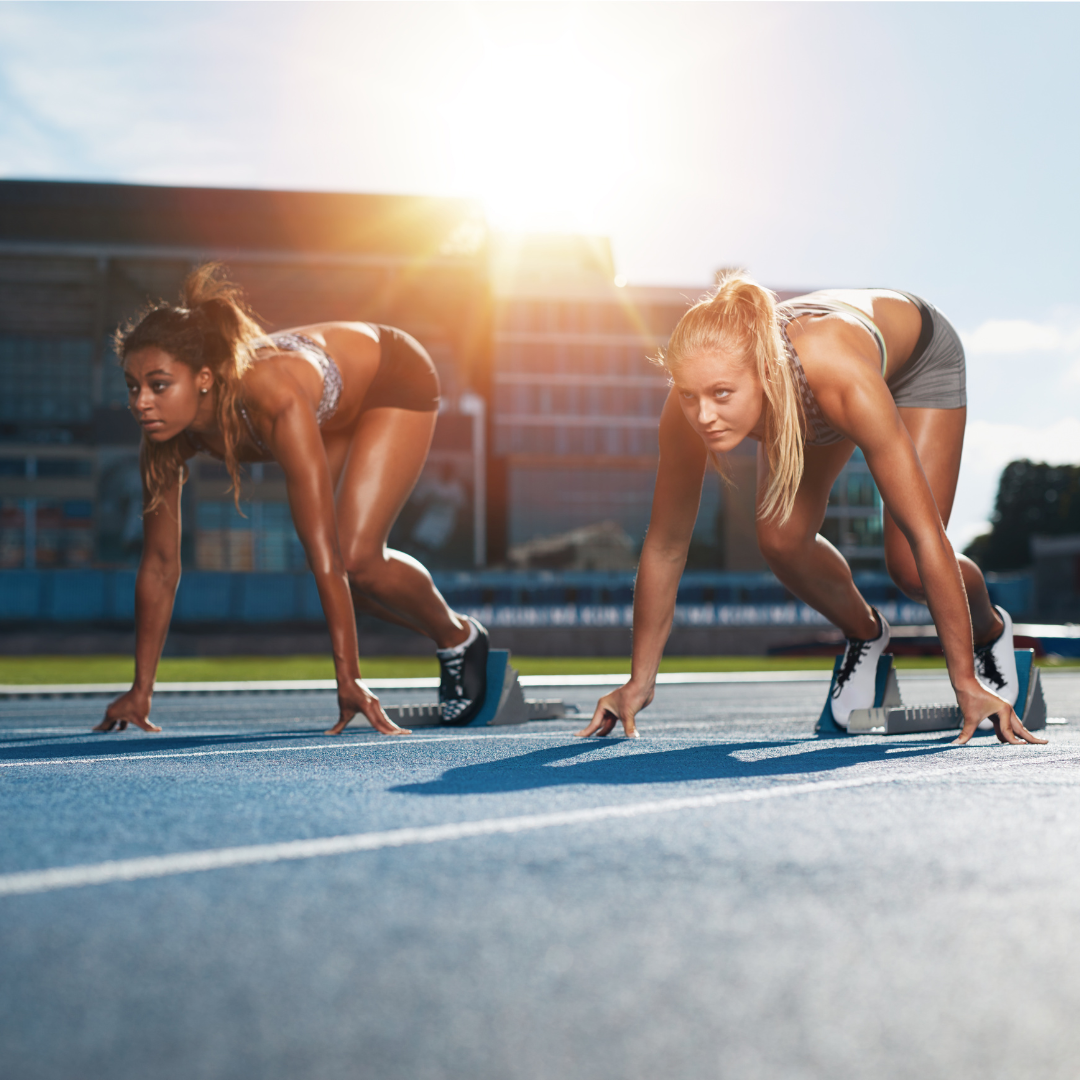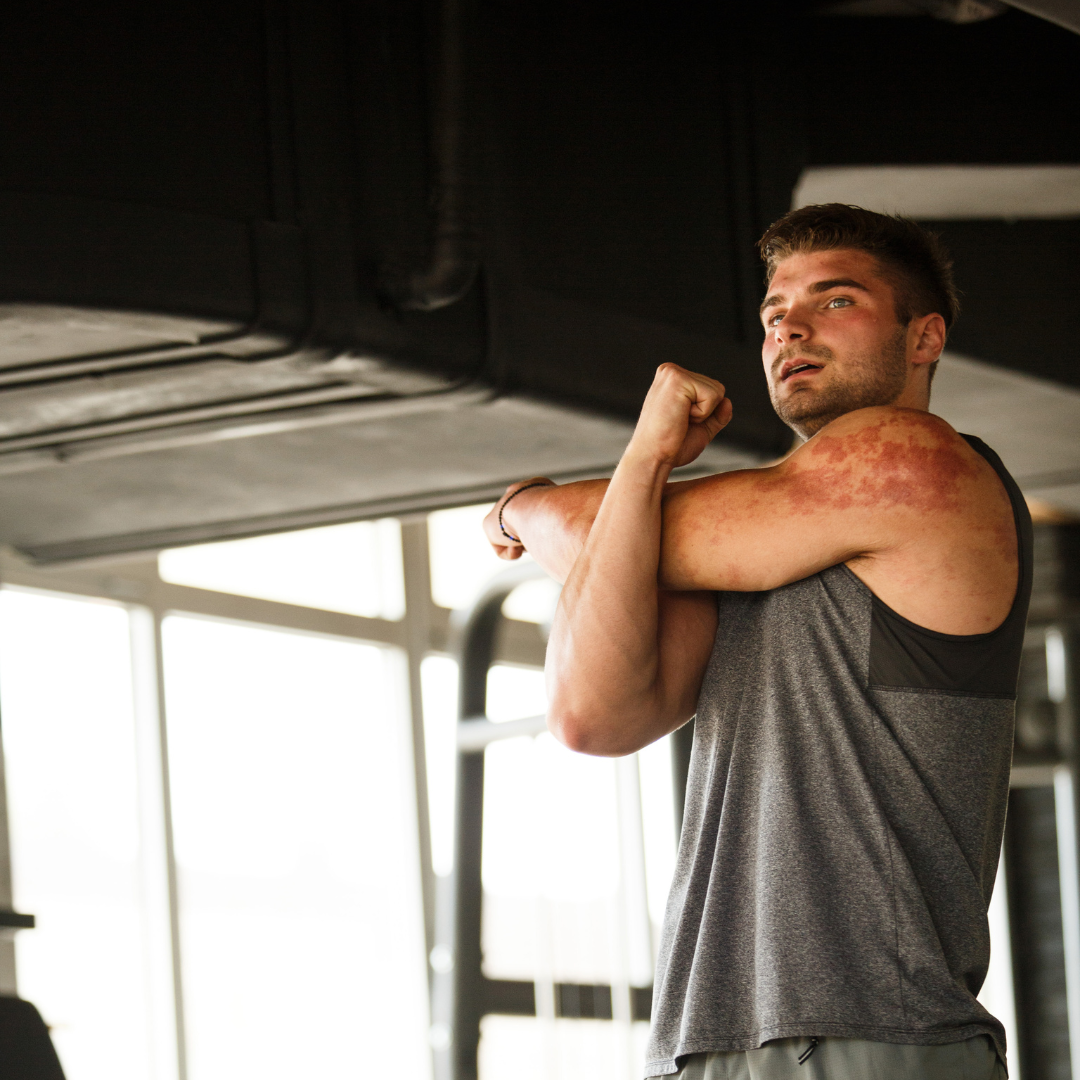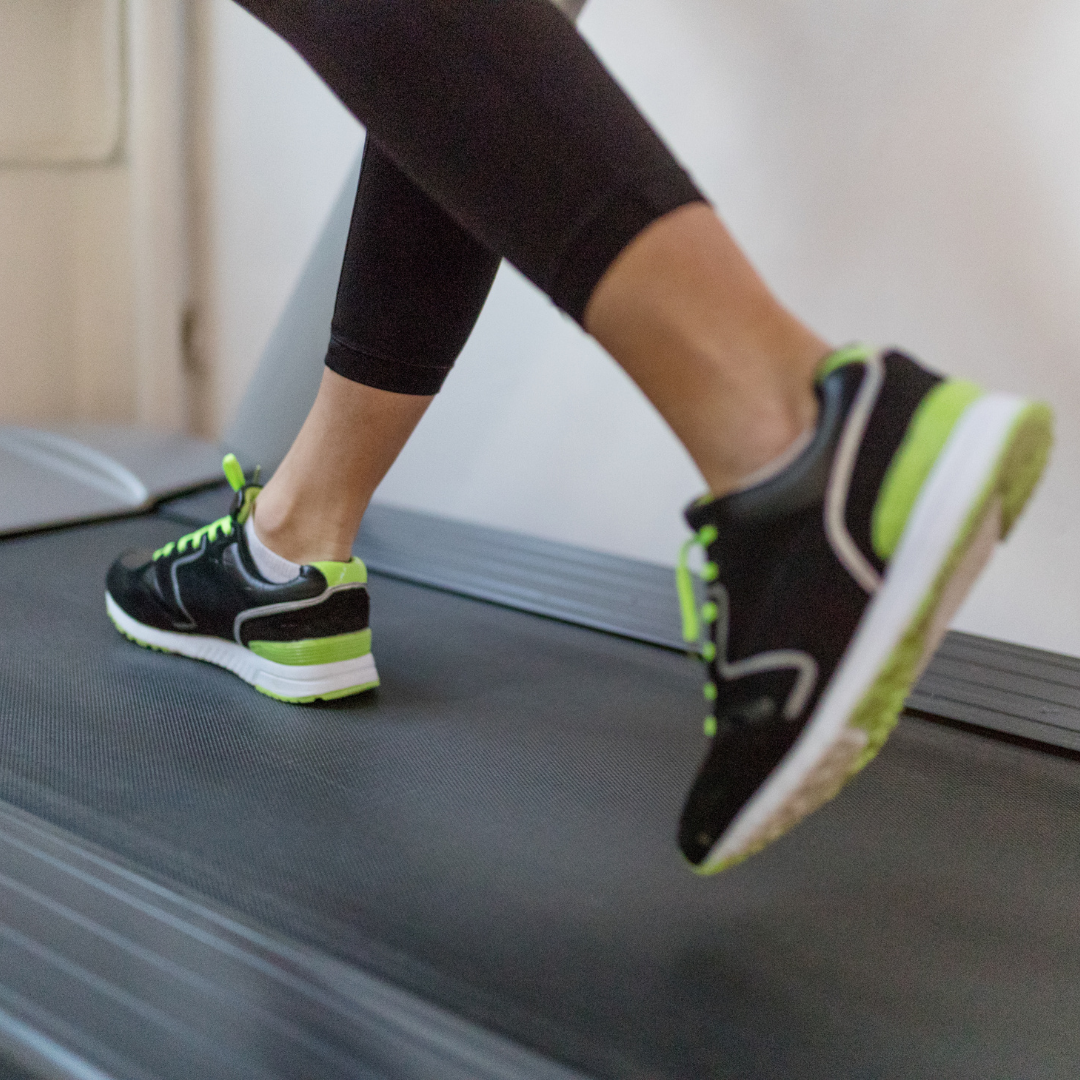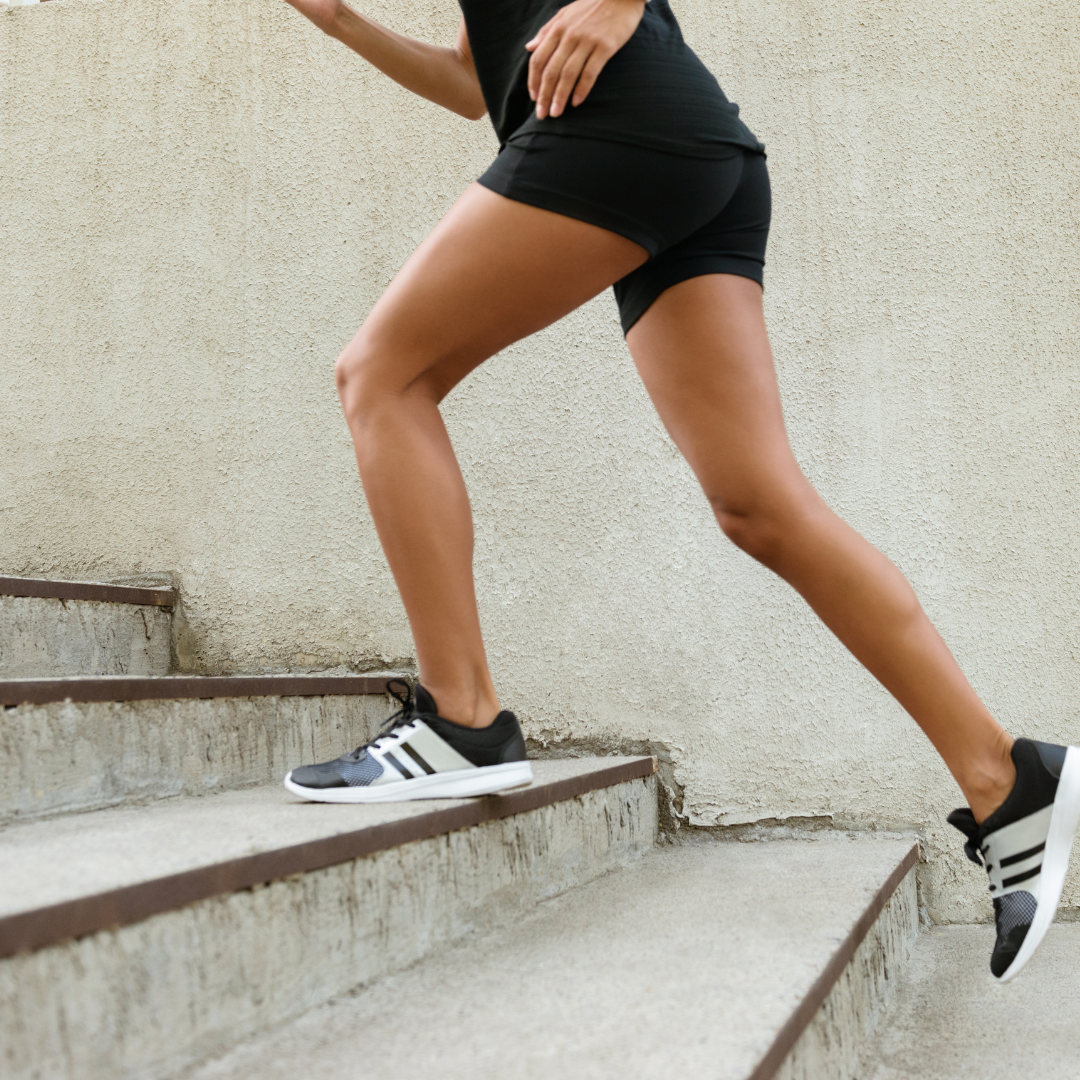Weekly Newsletter
Curated articles every weekApplied Sports Science Weekly Digest #350


Frontiers in Sports and Active Living | May 2024
PRO-FIT-CARE study: the feasibility assessment of a pilot online exercise intervention for persons living with obesity and female infertility
“The study highlights challenges with adherence to an online exercise program. While the program was safe and participants reported high levels of program satisfaction, approaches to improve adherence must be incorporated.“

Journal of Science and Medicine in Sport | May 2024
Breaking barriers: exploring female-specific health challenges affecting performance in an elite multisport training environment
“The findings underscore the crucial role of creating a supportive environment, promoting early intervention, and utilising multisport centres to comprehensively address these concerns, emphasising the need for open communication, education, and support to enhance female athletes’ performance and well-being.“

Journal of Science and Medicine in Sport | May 2024
Tacklers shoulder abduction and flexion at contact alters when engaging in different front-on, one-on-one tackle instructions from an expert coach
“Inclusion of tackle specific coaching instructions provides emerging scientific evidence to support revised coaching tackling technique interventions that might enhance player safety.“

Journal of Science and Medicine in Sport | May 2024
Validity of the active Australia survey in an Australian cardiac rehabilitation population
“The AAS may be useful to routinely monitor physical activity levels over-time in Australian cardiac rehabilitation programs at both an individual and group level.“

Sports Medicine | May 2024
Changes in Lower Limb Biomechanics Across Various Stages of Maturation and Implications for ACL Injury Risk in Female Athletes: a Systematic Review
“Our study provides an overview of the changes in biomechanical risk factors in female athletes during jump-landing tasks at various stages of maturity.“
Newsletter History
Applied Sports Science Weekly Digest #314
Frontiers in Sports and Active Living | August 2023Heart rate variability of elite female rowers in preparation for and during the national selection regattas: a pilot study on the relation to on water performance"HRV was not associated with on-water rowing...
Applied Sports Science Weekly Digest #313
Frontiers in Sports and Active Living | August 2023The effects of a group-based intervention through physical activities and dietary changes in young patients with severe psychiatric disorders: a pilot study"Despite its limitations and the small sample size, this...
Applied Sports Science Weekly Digest #312
Frontiers in Sports and Active Living | August 2023Validation of skinfold equations and alternative methods for the determination of fat-free mass in young athletes"Results from the current study indicate the Evans 7-site and 3-site SKF equations performed best...
Research Articles
Suggested articles for further readingBODY COMPOSITION
Jackson, A and Pollock, M. Generalized equations for predicting body density of men. British Journal of Nutrition. 1978;40:497-504. Abstract
Siri, W. Body composition from fluid space and density. Brozek & A. Hanschel (Eds.), Techniques for measuring body composition. 1961;223-244. Abstract
Brozek, J, Grande, F, Anderson, J, and Keys, A. Densitometric analysis of body composition: Revision of some quantitative assumptions. Annals of the New York Academy of Sciences. 1963;110:113-140. Abstract
INJURY PREVENTION IN YOUTH ATHLETES
Chu, D., A. Faigenbaum, and J. Falkel. Progressive Polymetrics for Kids. Monterey, CA: Healthy Learning. 2006
Hewett, T. G. Myer, and K. Ford. Reducing knee and anterior cruciate ligament injuries among female athletes. J Knee Surg 18:82-88. 2005.
Micheli, L. Preventing injuries in sports: What the team physician needs to know. In: F.I.M.S. Team Physician Manual, 2nd ed., K. Chan, L. Micheli, A. Smith, C. Rolf, N. Bachl, W. Frontera, and T. Alenabi, eds. Hong Kong: CD Concept. 2006. pp. 555-572.
RPE (RATING OF PERCEIVED EXERTION)
Pandolf, K, Billings, D, Drolet, L, Pimental, N, and Sawka, M. Differentiated ratings of perceived exertion and various physiological responses during prolonged upper and lower body exercise. European Journal of Applied Physiology and Occupational Physiology. 1984;53:5-11. Abstract
Baden, D, McLean, T, Tucker, R, Noakes, T, and St Clair Gibson, A. Effect of anticipation during unknown or unexpected exercise duration on rating of perceived exertion, affect, and physiological function. J Sports Med. 2005;39:742-746. Abstract
SLEEP
For a more thorough list about sleep, check out Fatigue Science’s extensive research page.
Russel, C., PhD, J.A., PhD, Arand, D., PhD, Myers, L.J., PhD, Wubbels, P., BS, and Downs, H., PhD. Validation of the Fatigue Science Readiband™ Actigraph and Associated Sleep/Wake Classification Algorithms. Archinoetics, LLC.
Globe and Mail. The Globe and Mail, 31 Dec. 2014. Web. 13 Apr. 2015. Article
Mah CD; Mah KE; Kezirian EJ; Dement WC. The effects of sleep extension on the athletic performance of collegiate basketball players. SLEEP 2011;34(7):943-950.
GPS (GLOBAL POSITIONING SYSTEM)
Varley M, Fairweather I and Aughey R. Validity and reliability of GPS for measuring instantaneous velocity during acceleration, deceleration and constant motion. Journal of Sports Sciences. 2012;30(2):121-127. Abstract
Boyd L, Ball K and Aughey R. Quantifying external load in Australian football matches and training using accelerometers. I J Sports Phys and Perf. 2013;8(1):44-51. Abstract
Gabbett T. Quantifying the physical demands of collision sports; does microsensor technology measure what it claims to measure? J Strength and Conditioning Research. 2013;27(8):2319-2322. Abstract
HYDRATION
For a thorough list of publications about hydration, visit the Gatorade Sports Science Institute Publications page.
Osterberg, K, Horswill, C, and Baker, L. Pregame urine specific gravity and fluid intake by National Basketball Association players during competition. Journal of Athletic Training – J ATHL TRAINING. 2009 01-02;44(1):53-7. Abstract
Godek, S, Peduzzi, C, Burkholder, R, Condon, S, Dorshimer, G, and Bartolozzi, A. Sweat rates, sweat sodium concentrations, and sodium losses in 3 groups of professional football players. Journal of Athletic Training. 2010 Jul-Aug; 45(4): 364–371. Abstract
WELLNESS QUESTIONNAIRE
Hooper, S, Mackinnon, L. Monitoring overtraining in athletes: recommendations. Sports Med. 1995;20(5):321–327.
McLean, B, Coutts, A, Kelly, V, McGuigan, M, and Cormack, S. Neuromuscular, endocrine, and perceptual fatigue responses during different length between-match microcycles in professional rugby league players. International Journal of Sports Physiology and Performance. 2010;5:367-383. Abstract
HRV (HEART RATE VARIABILITY)
Holman, A and Ng, E. Heart rate variability predicts anti-tumor necrosis factor therapy response for inflammatory arthritis. Auton Neurosci. 2008;143:58-67. Abstract
Fomin, R and Nasedkin, V. Effective management of athlete preparation: a comprehensive approach to monitoring of athlete’s individual readiness. White paper, Omegawave, ePub. 2013.
FORCE PLATE
Linthorne, N. Analysis of standing vertical jumps using a force platform. American Journal of Physics. 2001. Abstract
Guillaume L, Wagner P, and Tombleson T. Countermovement jump height: gender and sport-specific differences in the force-time variables. Journal of Strength and Conditioning Research. 2013. Abstract
ithlete. Guide to training with heart rate variability (HRV). HRV Fit Ltd. 2012. Download
